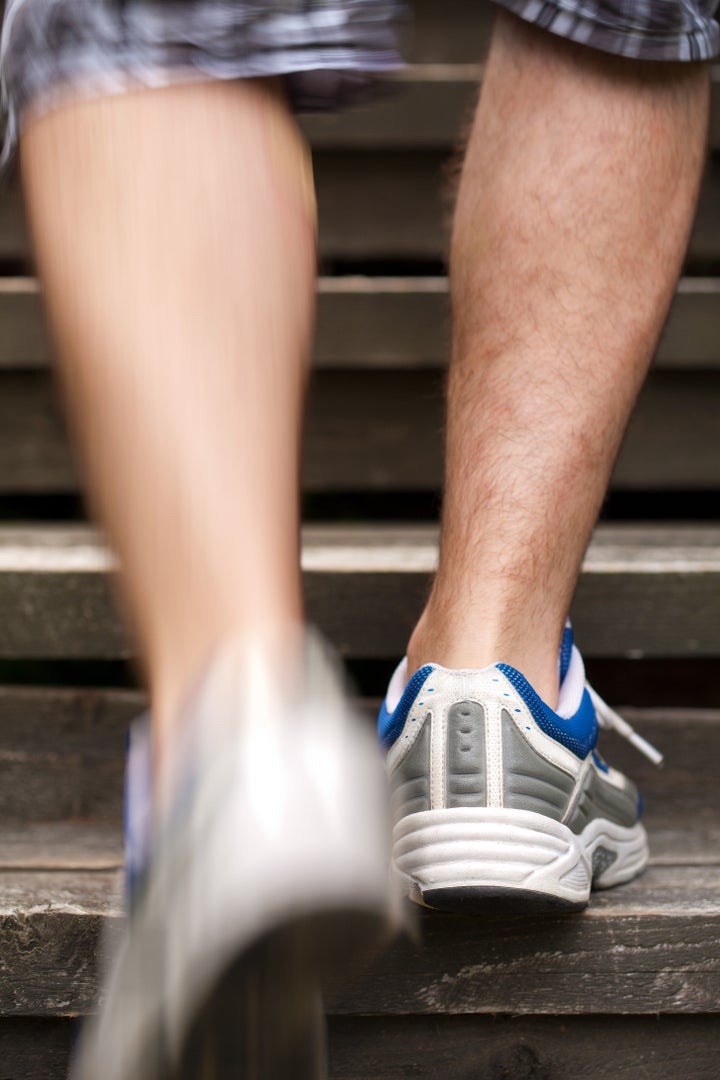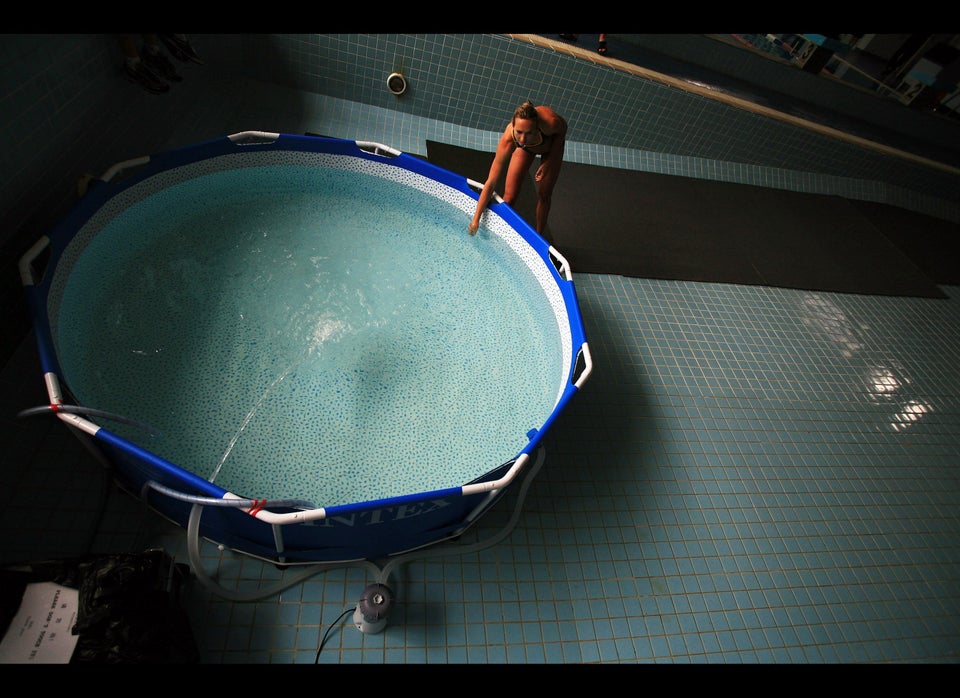
Welcome to Ask Healthy Living -- our new column in which you submit your most burning health questions and we do our best to ask the experts and get back to you. Have a question? Get in touch here and you could appear on Healthy Living!
"Ask Healthy Living" is for informational purposes only and is not a substitute for medical advice. Please consult a qualified health care professional for personalized medical advice.
I've been working out fairly consistently for about 1.5 years. I do strength training about twice per week and cardio 5 times per week. I've noticed that my thighs, particularly my quads, burn all the time with a small amount of exertion, such as ascending a flight stairs.
Why do my thighs burn so much with minimal exertion?
-- Kim, 29 Texas
Let's talk about muscle soreness. Delayed-onset muscle soreness, or DOMS as it is often called, is the common -- one could even say requisite -- result of a workout. If you do an activity you're not used to, such as taking a new type of fitness class, attacking a hill on your bike when you're used to riding on flat ground, or running a far longer distance than you are accustomed to -- the difference in muscle use can cause micro-tears in muscle fibers and connective tissue. As your body works to repair itself, you may feel some low-grade pain in the area.
But this is where the phrase "no pain, no gain" comes in: those tears and the subsequent repair help make the muscle stronger -- and that improves overall fitness. But it comes with some ache along the way.
In particular, movements that include "eccentric muscle contractions," which occur when the muscle must contract even as it is being elongated (running downhill or walking downstairs, for example) might cause some delayed onset pain. But why?
"Think of it like the weakest link," says Allan Goldfarb, Ph.D., a professor in the Department of Kinesiology at the University of North Carolina, Greensboro and a fellow of the American College of Sports Medicine. "Muscle proteins hold that weaker bit together and if there is too much force or tension [from exercise] on those muscle fibers or proteins, they are vulnerable to getting slightly damaged."
In an effort to repair the damage, the body can actually over repair explains Goldfarb, and that can activate pain receptors. What's more, the muscles can suffer from some low-level inflammation that can add to the pain.
DOMS can be mitigated by slow, steady stretching exercises, says Goldfarb. And recent studies have suggested that ice baths can also help improve soreness.
But that doesn't necessarily sound like what's going on in the case of this question. For starters, it seems as if you're experiencing muscle pain concurrent with the activity, rather than hours after. We asked Dr. Lynn Snyder-Macker, PT, ATC, SCS, ScD, a professor in the Department of Physical Therapy and the Center for Biomedical Engineering Research's Interdisciplinary Graduate Program in Biomechanics and Movement Sciences at the University of Delaware for her opinion.
"It doesn't sound muscular to me (one flight of stairs!)," she wrote in an email to HuffPost Healthy Living, pointing to the burning sensation, which is different than a sore muscle's ache. "It sounds more like nerve or patellofemoral pain or referred pain from the hips." That combined with your young age make her believe that this isn't exercise-related after all.
Many illnesses could cause this type of pain: fibromyalgia is one diagnosis that fits in with unexplained muscle soreness, according to Goldfarb. That's not to say that unexplained muscle burning or soreness is a sign of serious illness, but it may be worth further evaluation by a medical specialist, like a sports medicine doctor.
Here's more on muscle soreness remedies:
Have a question? Ask Healthy Living!
